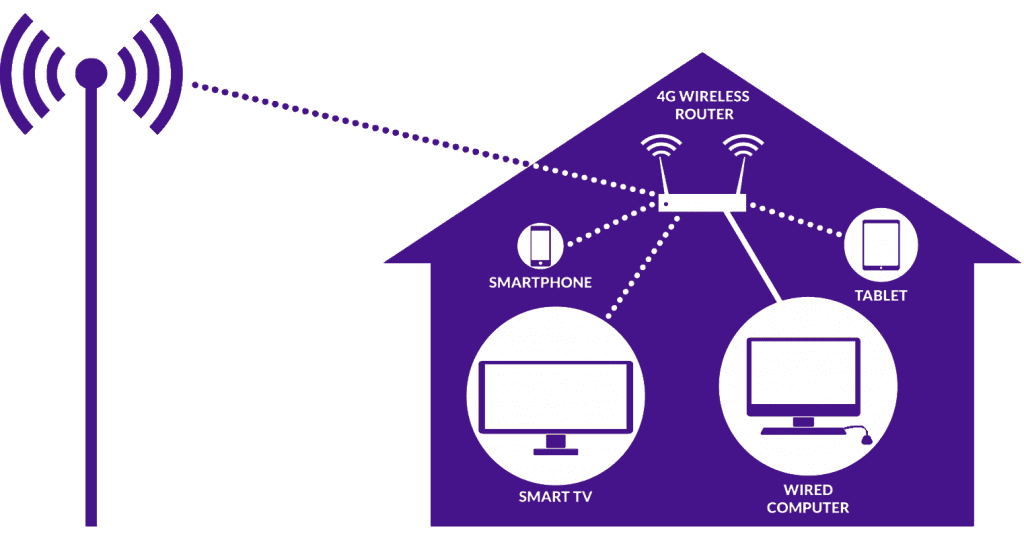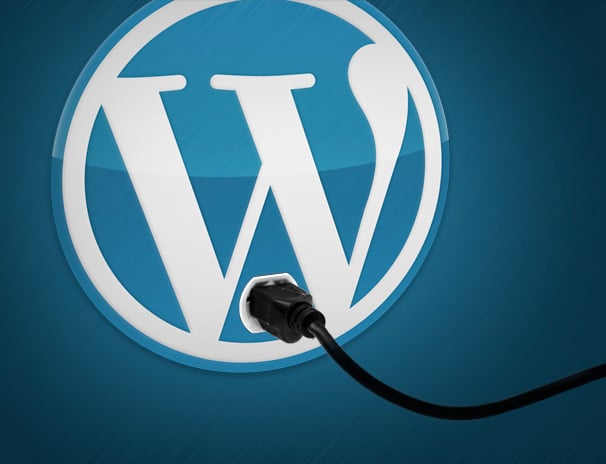Your home internet speed may not be something you think about on a day to day basis, but when your internet suddenly starts lagging, it quickly becomes the center of attention.
Nobody likes slow internet speeds, and whether you’re doing light browsing or online gaming, you’re going to notice when your internet connection is slow.
However, slow internet speeds may soon be a thing of the past. In fact, the average internet connection in the United States provides a staggering 100Mbps download speed.
Considering the average just a few years ago was far less than half of that, our definition of “slow” internet speeds has changed dramatically.
There are quite a few factors to consider when shopping around for internet providers and what’s even available in your area. Even if your area doesn’t get the fastest speeds, there are some things you can try at home to speed up your internet connection, such as upgrading your internet security, updating your device’s software, and resetting your router.
Location, Location, Location
Location isn’t just important in real estate, it can also play a major role in the speed and quality of your internet connection. It makes sense that major metropolitan areas are going to have faster internet speeds and bandwidth capabilities than rural locations.
However, current legislation is pushing to change who has access to broadband internet and how rural areas can access high-speed internet connections without astronomical costs.
High-speed internet is about more than having Netflix on-demand. It’s really about giving access to global commerce, diverse work opportunities, advanced education, and so much more.

An overwhelming majority of people who live in rural areas in the United States don’t have access to high-speed internet. The most common connection type is satellite internet, which offers extremely low speeds and low data caps, all while charging much more than a high-speed fiber connection would.
Testing Your Internet Speed
Ever wondered, “What’s my speed“? Curious to see how your internet speed stacks up against the rest of the United States? Even if you’re paying for 100Mbps, you might not be getting that speed consistently.
The key to most internet service plans what we typically pass over when we read the plan – “up to” 100Mbps. That means if you’re getting half that speed, it still technically falls within what you’re paying for.
A simple speed test can let you know exactly what speeds you’re getting on all of your connected devices. While a speed test takes no more than a few minutes to complete, the test can also show you if one or more of your devices have an issue.
If you’re getting a consistent speed on almost all of your devices, but your last device shows a significantly slower speed, it may be a sign that there’s something wrong with the device.
Viruses, internet security breaches, and even out of date software are just a few common factors that can drastically impact your internet speeds.
The Future of Internet Speeds In the United States
100Mbps is just the beginning. With innovations in fiber wires and 5G wireless connections, we may see an average of 500Mbps in the very near future. There are plenty of wired internet connections that exceed 1Gbps, and wireless connections are not far behind.
With speeds that fast, the internet can transform businesses, entertainment, and communication even more drastically than it already has. It all starts with consistent, reliable speeds and dependable home internet service provider.
What do you think the future of home internet will look like? Let us know in the comments below!
Emily Jacobs is Happiness Ambassador for SpeedCheck.org. She loves to write about latest technology trends and love to share her knowledge through her articles.














Leave a Reply